Write the structures of the main products of the following reactions :
H3C−C≡C−HHg2+,H2SO4−−−−−−−−→
To solve the problem, we need to determine the main products formed when 1-butyne (H₃C-C≡C-H) reacts with mercuric ion (Hg²⁺) in the presence of sulfuric acid (H₂SO₄). This reaction is known as the hydration of alkynes, which leads to the formation of ketones or aldehydes.
1. Identify the Reactants:
The reactant is 1-butyne (H₃C-C≡C-H), which is an alkyne. The reagents are mercuric ion (Hg²⁺) and sulfuric acid (H₂SO₄).
2. Electrophilic Attack:
The mercuric ion (Hg²⁺) acts as an electrophile and approaches the triple bond of the alkyne. This results in the formation of a cyclic mercurinium ion as a transition state.
3. Formation of the Mercurinium Ion:
The π bond of the alkyne attacks the Hg²⁺ ion, leading to the formation of a three-membered ring structure (mercurinium ion). This can be represented as:
Hg
|
H₃C-C⁺-C-H
4. Nucleophilic Attack by Water:
Water (acting as a nucleophile) attacks the more substituted carbon of the mercurinium ion. In this case, the carbon that is attached to the methyl group (CH₃) is more stable due to hyperconjugation and inductive effects.
5. Formation of an Alcohol:
The attack of water leads to the formation of an alcohol. The structure can be represented as:
H₃C−C(OH)−C−H
6. Tautomerization:
The formed alcohol undergoes tautomerization to yield a ketone. In this case, the hydrogen from the hydroxyl group shifts to the adjacent carbon, and the double bond shifts to form a carbonyl group (C=O). The final product is:
H₃C−C(=O)−C−H
7. Final Product:
The final product of this reaction is 2-butanone (also known as ethyl methyl ketone), which can be represented as:
CH₃−C(=O)−CH₂−CH₃
Summary of the Reaction:
1-butyne reacts with Hg²⁺ and H₂SO₄ to form 2-butanone (ethyl methyl ketone) through the formation of a mercurinium ion and subsequent nucleophilic attack by water followed by tautomerization.
The reactant is 1-butyne (H₃C-C≡C-H), which is an alkyne. The reagents are mercuric ion (Hg²⁺) and sulfuric acid (H₂SO₄).
The mercuric ion (Hg²⁺) acts as an electrophile and approaches the triple bond of the alkyne. This results in the formation of a cyclic mercurinium ion as a transition state.
The π bond of the alkyne attacks the Hg²⁺ ion, leading to the formation of a three-membered ring structure (mercurinium ion). This can be represented as:
Hg
|
H₃C-C⁺-C-H
Water (acting as a nucleophile) attacks the more substituted carbon of the mercurinium ion. In this case, the carbon that is attached to the methyl group (CH₃) is more stable due to hyperconjugation and inductive effects.
The attack of water leads to the formation of an alcohol. The structure can be represented as:
H₃C−C(OH)−C−H
The formed alcohol undergoes tautomerization to yield a ketone. In this case, the hydrogen from the hydroxyl group shifts to the adjacent carbon, and the double bond shifts to form a carbonyl group (C=O). The final product is:
H₃C−C(=O)−C−H
The final product of this reaction is 2-butanone (also known as ethyl methyl ketone), which can be represented as:
CH₃−C(=O)−CH₂−CH₃
1-butyne reacts with Hg²⁺ and H₂SO₄ to form 2-butanone (ethyl methyl ketone) through the formation of a mercurinium ion and subsequent nucleophilic attack by water followed by tautomerization.
Topper's Solved these Questions
- ALDEHYDES, KETONES AND CARBOXYLIC ACIDSBook:ICSEChapter:ALDEHYDES, KETONES AND CARBOXYLIC ACIDSExercise:ISC EXAMINATION QUESTIONS (PART-I OBJECTIVE QUESTIONS) (FILL IN THE BLANKS)
Explore 27 Videos
- ALDEHYDES, KETONES AND CARBOXYLIC ACIDSBook:ICSEChapter:ALDEHYDES, KETONES AND CARBOXYLIC ACIDSExercise:ISC EXAMINATION QUESTIONS (PART-I OBJECTIVE QUESTIONS) (MULTIPLE CHOICE QUESTION)
Explore 24 Videos
- ALDEHYDES, KETONES AND CARBOXYLIC ACIDSBook:ICSEChapter:ALDEHYDES, KETONES AND CARBOXYLIC ACIDSExercise:EXERCISE (PART-II DESCRIPTIVE QUESTIONS) (VERY SHORT QUESTIONS)
Explore 282 Videos
- ALCOHOLS, PHENOLS AND ETHERS Book:ICSEChapter:ALCOHOLS, PHENOLS AND ETHERS Exercise:ISC EXAMINATION QUESTIONS
Explore 25 Videos
- APPENDIX II ( TYPICAL CONVERSIONS)Book:ICSEChapter:APPENDIX II ( TYPICAL CONVERSIONS)Exercise:AROMATIC CONVERSIONS
Explore 98 Videos
Similar Questions
Write the structures of the main products in the following reactions :
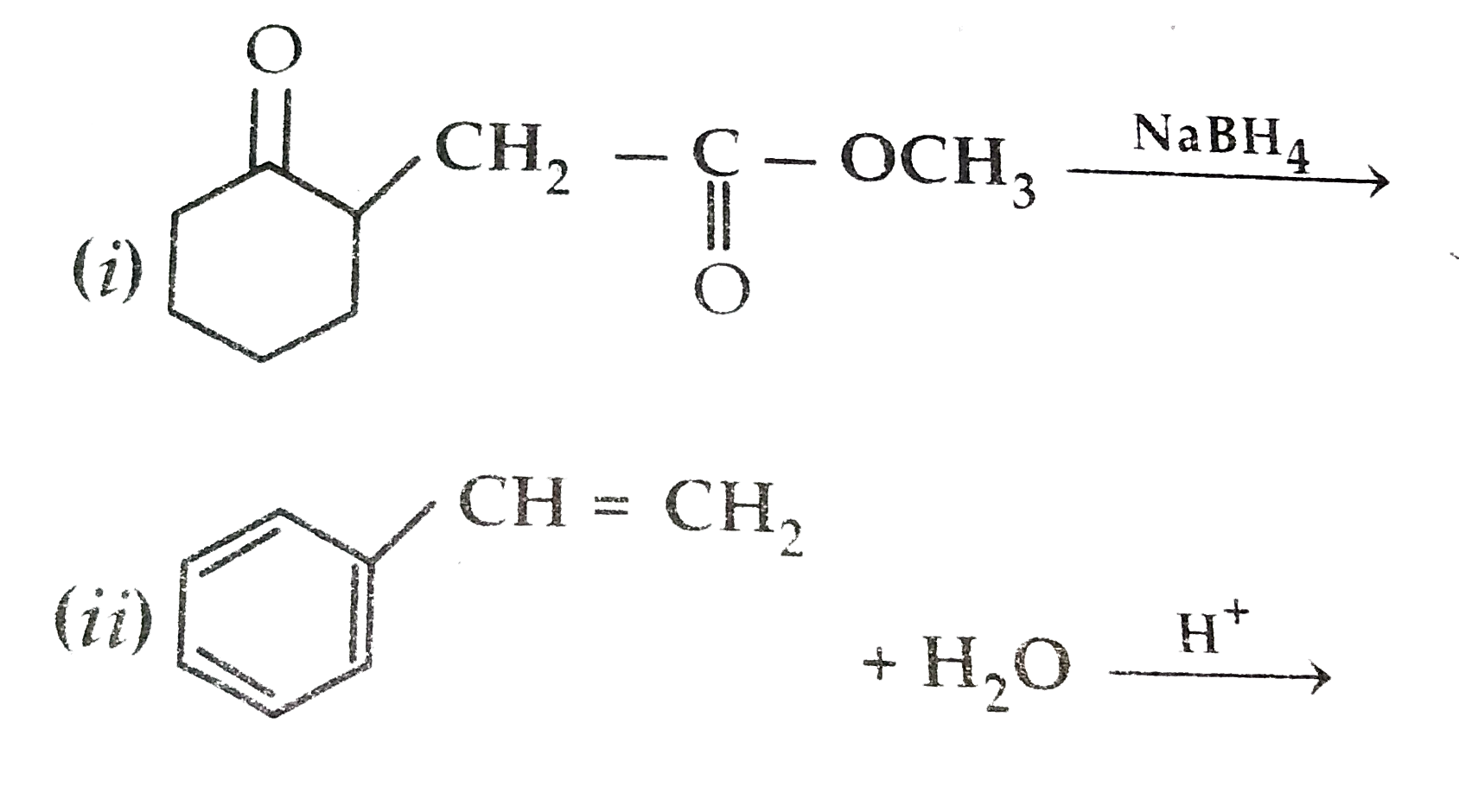
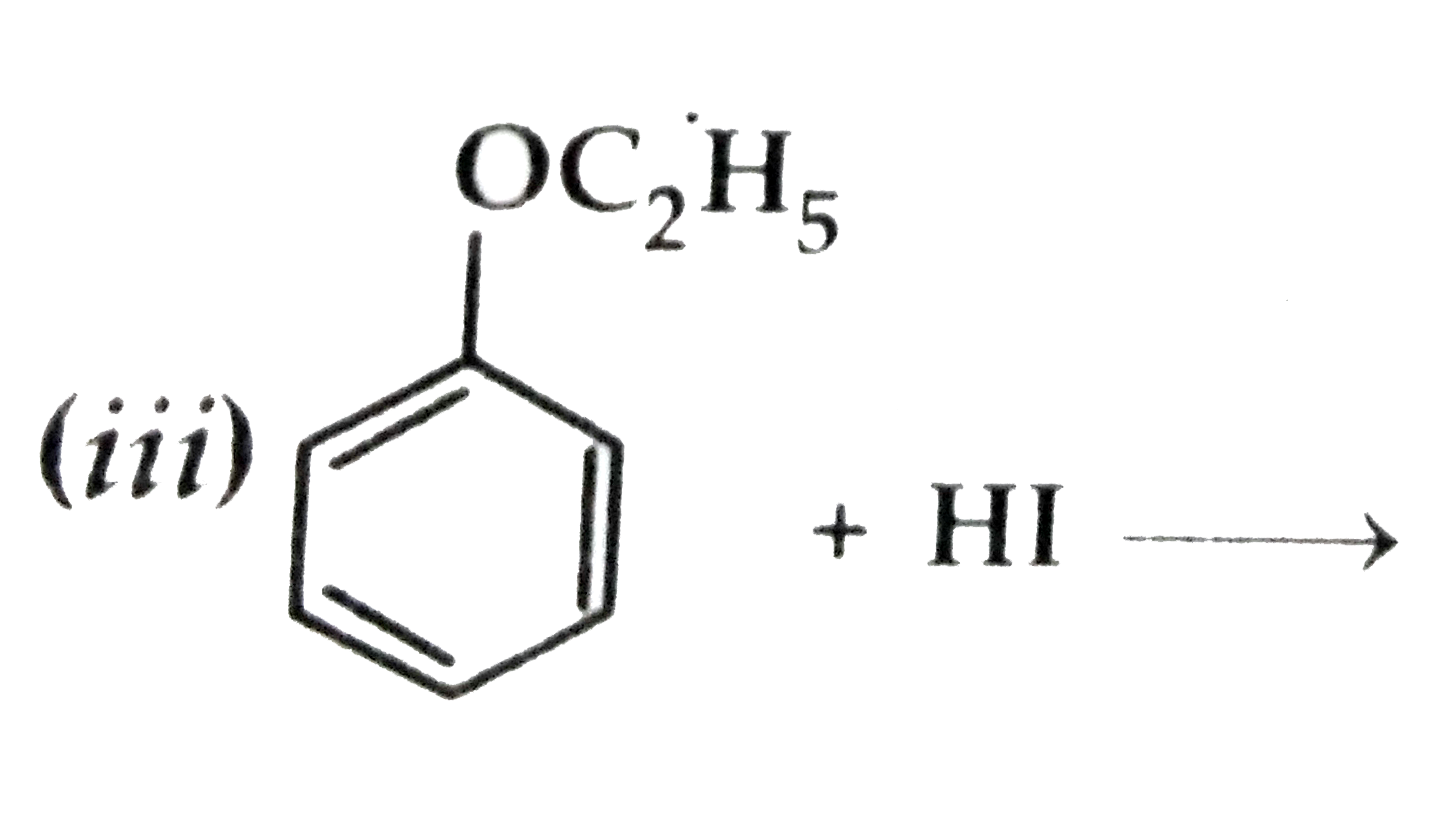
View Solution(a) Give chemical tests to distinguish between
(i) Phenol and Benzoic acid
(ii) Benzophenone and Acetophenone
(b) Write the strucutre of the main products of following reactions :
(i)
(ii) H3C−C≡C−HHg2+,H2SO4−−−−−−−−→
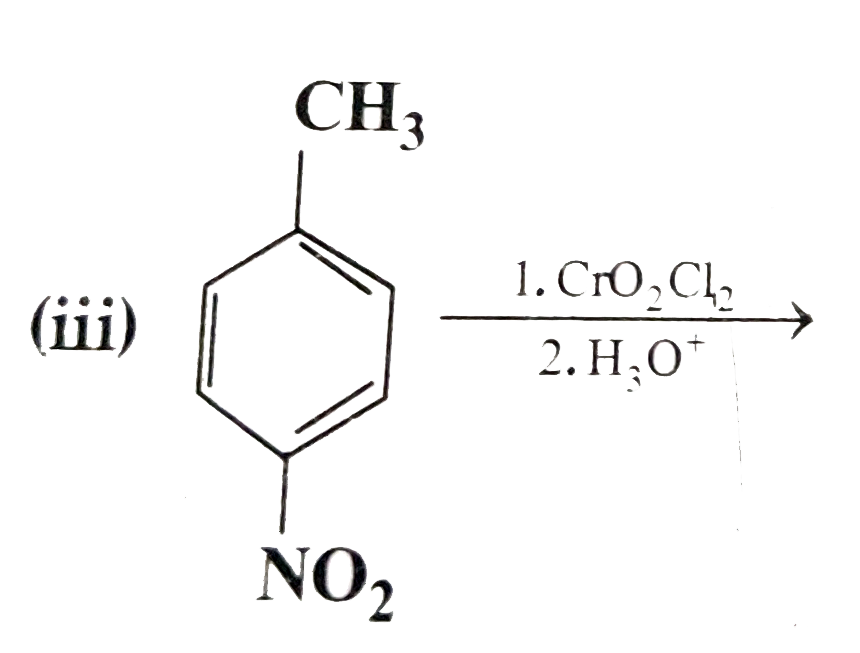 .
.
View Solution
Knowledge Check
Predict product of following reaction,
H3C−O∣∣C−O−C2H5NaBH4−−−−→ACH3−CH2−OHBNo reactionCH3C−O∣∣C−OHDH2C=CH2
Write structures of the products of the following reactions:
(i) CH3−CH=CH2H2O/H+−−−−−→
(ii)
(iii) CH3−CH2−C | CH3H−CHONaBH4−−−−→
View SolutionThe main product of the following reaction is C6H5CH2(OH)CH(CH3)2Conc.H2SO4−−−−−−−→?
View SolutionDraw the stereochemical structures of the products in the following reactions.
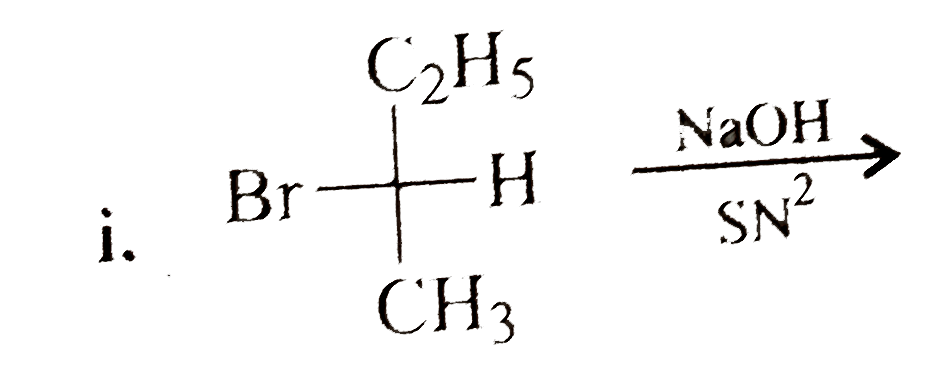 .
.
R−C≡C−RH2,Lindlar catalyst−−−−−−−−−−−→
View SolutionThe product of following reaction is:
_2019_CBT4_E01_007_Q01.png) H2SO4(Cat.)−−−−−−−−→CHCl3
H2SO4(Cat.)−−−−−−−−→CHCl3
View SolutionWrite the main products of the following reactions:
(i) C6H5N+2Cl−H3PO2+H2O−−−−−−−−→?
(ii)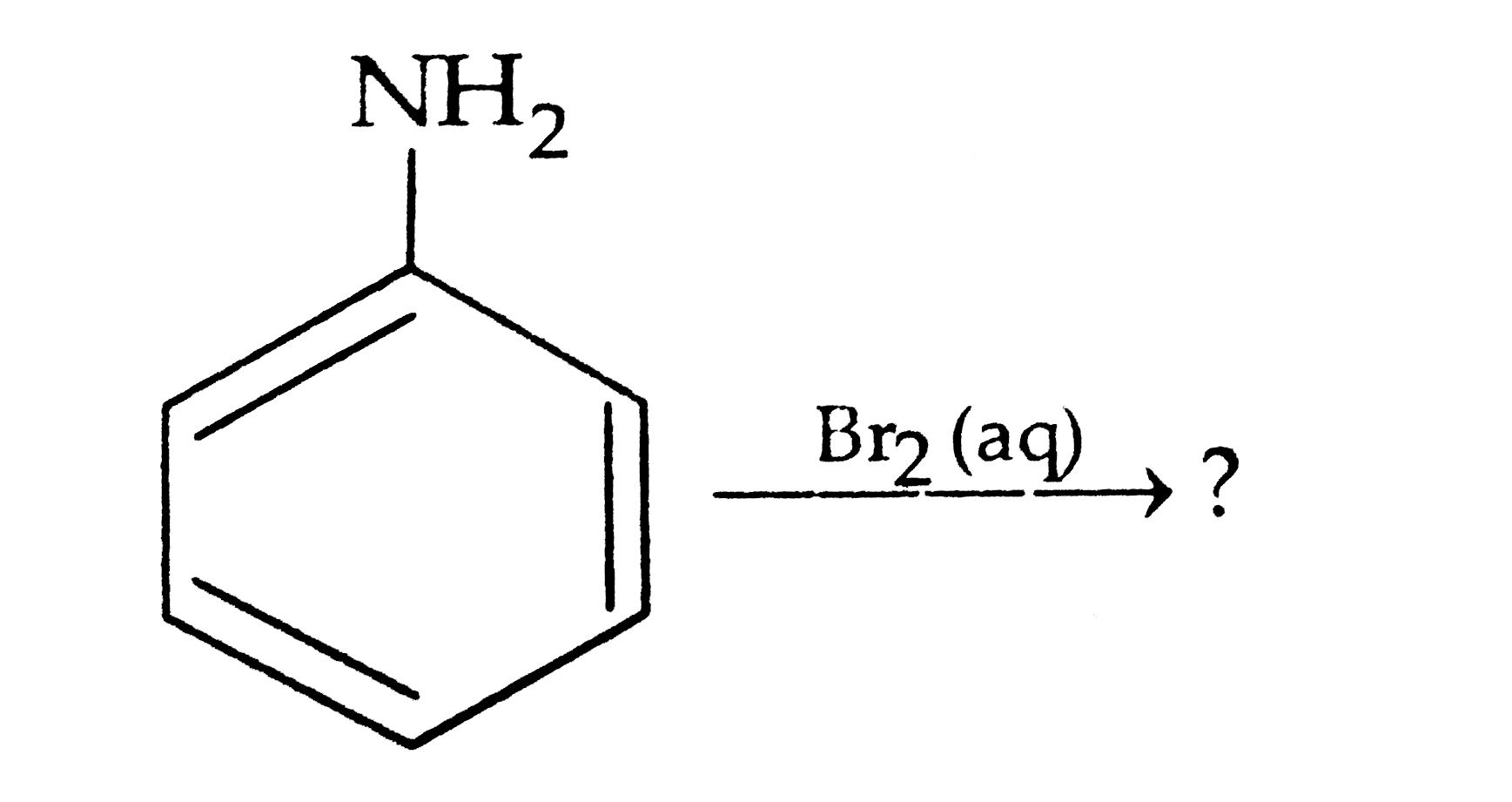
(iii) CH3−C∣∣O−NH2Br2+NaOH−−−−−−−→?
View SolutionWrite the main products of the following reactions:
(i) C6H5N+2Cl−H3PO2+H2O−−−−−−−−→?

(iii) CH3−C∣∣O−NH2Br2+NaOH−−−−−−−→?
View SolutionFill in the blanks with appropriate structure of reaction products in the following trasformation:
HOOC−C6H4−CH2−C6H5SOCl2−−−→Aanlydrous−−−−−→AlCl3BZn−Hg−−−−→HClC
View Solution